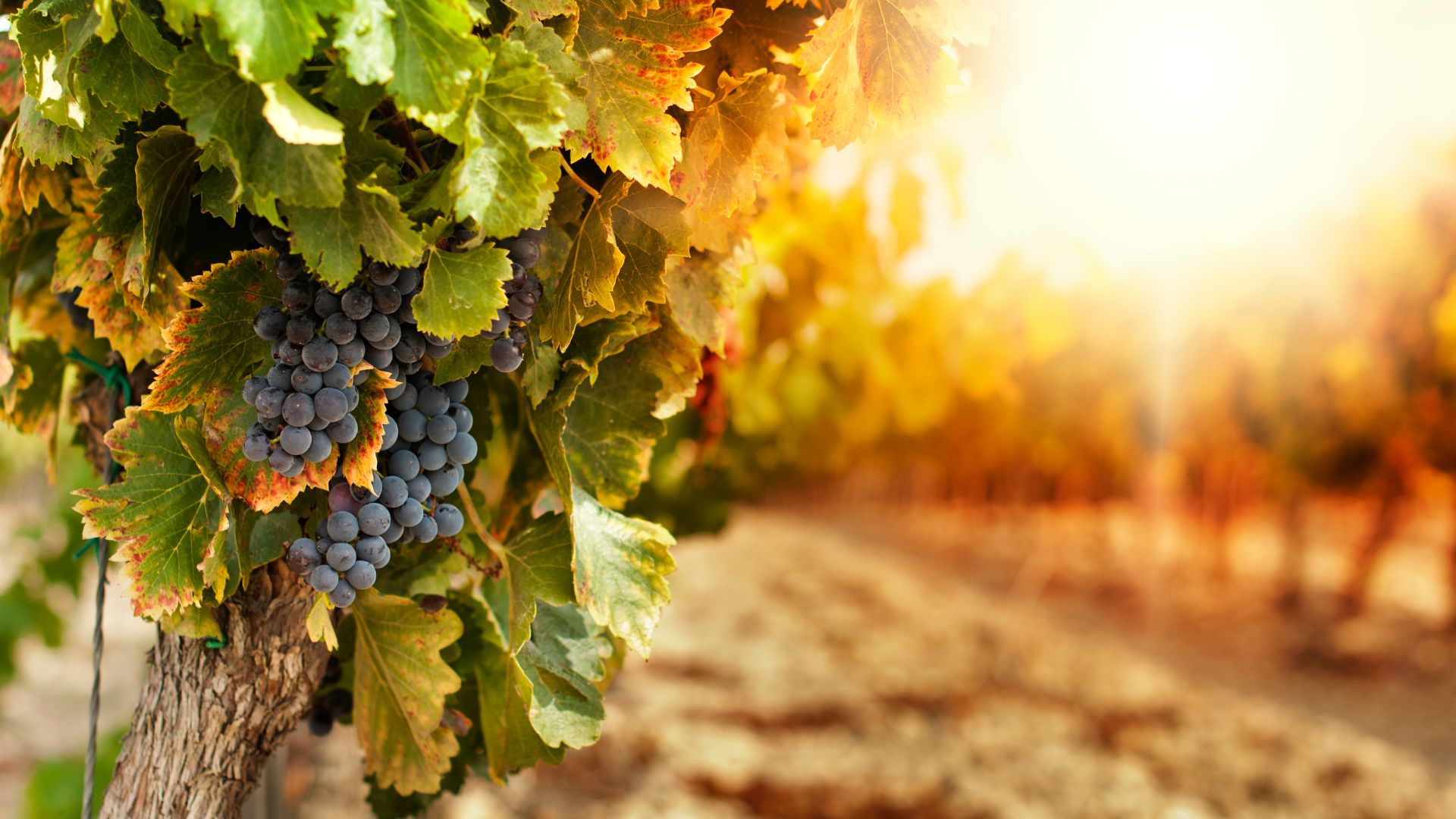
Vineyard investments
In the wine sector, the assets managed by the France Valley management company are currently concentrated in a single region: Champagne. The confines of this appellation and its international influence make it a very special terroir, in which the management company owns 38 estates.
Discover our investment solutions
Foncière Champenoise France Valley I
- Diversification - Decorrelation of financial markets
- Apport-Cession (article 150-0 B ter of the French General Tax Code)
- IFI exemption
24 farms with more than 18 hectares
Risk of capital loss
HVE (High Environmental Value – Haute Valeur Environnementale) certified vineyards
Foncière Champenoise France Valley II
- Diversification - Decorrelation of financial markets
- 18% income tax reduction
- IFI exemption
8 farms with more than 4 hectare
Risk of capital loss HVE (High Environmental Value – Haute Valeur Environnementale) certified vineyards

Frequently asked questions
Why invest in Champagne?
Vineyards in general, and the Champagne appellation in particular, occupy a special place in France’s land heritage.
Wine is France’s second-largest export, with Champagne accounting for a third of its value.
The land and the work of the winegrowers produce a wealth that carries economic weight, and builds up an estate for the owners whose value has risen considerably:
in 1980, a hectare in Champagne was worth €76,000, compared with around €1,041K today (which is not to prejudge future performance). Given these prices, the Union des Maisons de Champagne, a federation of wine merchants, points out that “we have every right to find them exaggerated, but at least they have the merit of testifying to the perfect observance of the appellation’s regulations, because if we could plant everywhere, vineyard land wouldn’t be worth so much”.
How are the acquired vines selected?
Acquisitions may be made throughout the Champagne appellation, with a view to diversification. Particular attention will be paid to a number of factors: the good repute of the grower, the age of the rootstock, the presence of missing vines (dead or uprooted vines), the quality of vineyard maintenance, the implementation of environmentally-friendly management practices, the nature of the soil, the local land market, etc. These factors will be analyzed by an expert independent of the Management Company, prior to any acquisition. The vineyards can be of any size, provided they produce enough grapes to sell a third of their output.
When and how is liquidity organized?
Liquidity is organized through a subscription/withdrawal mechanism; liquidity depends on share subscription requests registered by the Management Company: shareholders’ requests to sell shares may be offset by new subscriptions. No guarantee can be given as to the resale period or the sale price. The Management Company also aims (but cannot guarantee) to retain 10% cash to ensure liquidity in the event of a blockage in the subscription/withdrawal market. As a last resort, La Foncière may dispose of winegrowing assets, which is not guaranteed and may take some time.
What are France Valley's commitments?
- France Valley’s objective is to achieve a rate of HVE (Haute Valeur Environnementale), VDC (Viticulture Durable en Champagne) or Agriculture Biologique (Organic Farming) certified vineyards that is higher than the Appellation’s average certification rate. From this point of view, 100% of GFV I, GFV II and GFV III surfaces are HVE certified. The rate is 79% for Foncière Champenoise France Valley I, compared with 60% in Champagne (Source: Comité Champagne).Translated with DeepL.com (free version)
